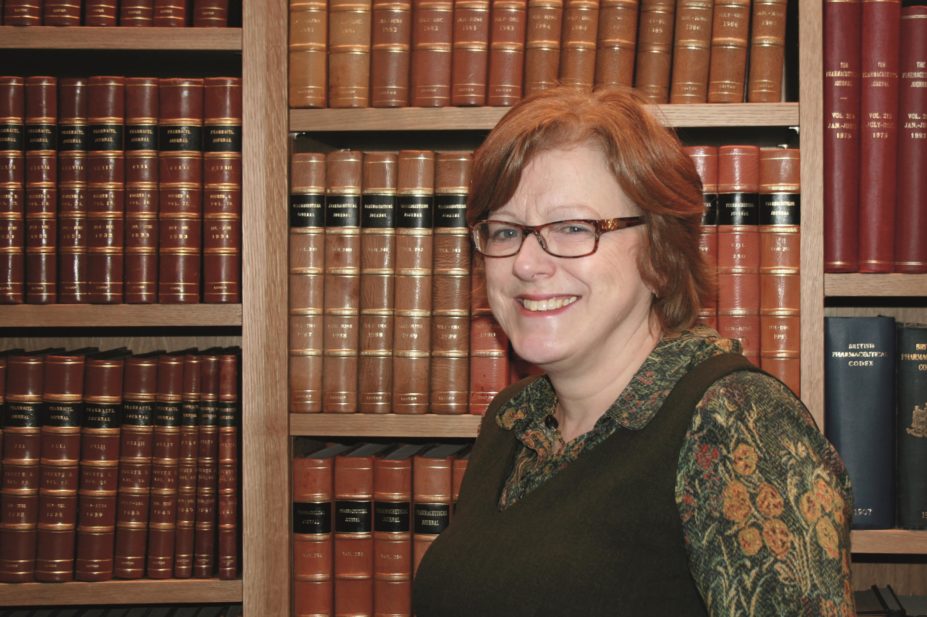
MAG/The Pharmaceutical Journal
On 17 December 2015, a letter issued to Pharmaceutical Services Negotiating Committee (PSNC) chief executive Sue Sharpe revealed that funding for the community pharmacy contractual framework in England will be substantially reduced to £2.63bn from October 2016 – a cut of £170m – as part of efficiency savings in the NHS. Now, two months on, organisations such as the Royal Pharmaceutical Society (RPS) and the PSNC are developing their responses to the proposed reforms and establishing networks of support for those directly affected.
Why is the community pharmacy network needed to provide a clinical service?
The community pharmacy network is very accessible to the public. Apart from dispensing, community pharmacies provide a whole host of other services such as emergency contraception and public health advice, but they can do more. It’s therefore a concern that there are plans to cut the network when there’s a lot of services in the NHS that could be diverted cheaply and effectively to community pharmacists.
This is a top-down treasury cut and the community pharmacy network has been forced to think about working more efficiently.
Where is the evidence that the community pharmacy network needs to work more efficiently?
There isn’t any evidence. This is a top-down treasury cut and the network has been forced to think about working more efficiently. There are concerns that smaller businesses will make those savings by cutting staff and hours, which seems perverse at a time when the government wants greater access to health services. If pharmacy staff are cut, existing staff will be under more pressure and be less able to provide the service they wish to provide.
Alistair Burt, minister of state for community and social care, has warned that one in four pharmacies could close – what are your thoughts about this?
In my hometown we have two pharmacies that belong to the same chain. It would make sense for them to merge into one, have longer opening hours and maybe provide extra services, but there are barriers to that happening at the moment. There are cases and situations where rationalisation could result in improved access to the public if funded properly, but we’re yet to see the details of how that could be engineered.
What do you think about the Pharmacy Integration Fund, particularly as it is not yet known how much money will be invested in community pharmacy?
The Pharmacy Integration Fund is far too small, but it’s an opportunity for the profession to shape its future if it wants to. If pharmacists from all sectors come up with working ideas of how to improve patient care and joint working, we’re likely to see more money attached to them. The government is not going to fund what we’re currently doing so we have to make sure there is a strong case for funding services of the future. Pharmacists are best placed to think about what they would really like to do so I would encourage groups of pharmacists to get together and think about how they can work with their local surgery. There are pots of money other than the community pharmacy funding and as a profession we need to be smarter at accessing them.
Where is the evidence that ‘hub-and-spoke’ dispensing will provide efficiencies?
I haven’t seen any evidence. All I can say if it were that good a model, large multiples would have rolled it out much more quickly. My understanding is that there are no cost efficiencies as such but it does free up time for pharmacists to do other things.
We have to devote our energies to making the best of the Pharmacy Integration Fund, pushing positive ideas forward and promoting pharmacists to do that too.
What are the RPS’s next steps?
It’s very difficult to fight the community pharmacy funding cuts because they have been imposed – the cuts will happen. We have to devote our energies to making the best of the integration fund, pushing positive ideas forward and promoting pharmacists to do that too. Our immediate priority is in putting forward the response to government. We’re working with Pharmacy Voice and Pharmaceutical Services Negotiating Committee (PSNC) and supporting each other as much as possible. It’s really important we focus on securing funding for new starter services and this could then lead to further funding if those services work. I have great concerns that there will be further cuts next year so, longer term, we’ll be doing as much as we can to make a positive case for services in the community pharmacy setting. Pharmacists in the community are ideally placed to take on patients managing long-term conditions.
How should community pharmacists prepare themselves over the following months?
Pharmacists should work with their local pharmaceutical committees to help them put together a case for pharmacy services, think about what support they need as a community pharmacist and how they can work together.
At the RPS, we have a role to provide pharmacists with training so they can confidently make a case for change. We are keen to work with Pharmacy Voice to try and deliver any support that is needed. But we have to be robust and make sure patients remain at the centre because that’s what the Department of Health wants. I think there is hope but it requires a change of thinking and that’s going to be difficult.
What about hospital pharmacies?
Hospital pharmacies are, in a sense, facing a similar challenge. The Lord Carter review outlines the desire to have 80% of the hospital pharmacy workforce delivering clinical services rather than infrastructure services. From this it’s clear that there is an aspiration for pharmacists to be delivering more patient-facing services. There’s also scope for community and hospital pharmacists to work more closely together and for community pharmacists to look at opportunities from the hospital sector if services are being outsourced. There seems to be a consistency of thinking that pharmacists are best placed in roles where they are using the skills that they learnt at university.
You may also be interested in
Long service of members

Membership fees 2022
